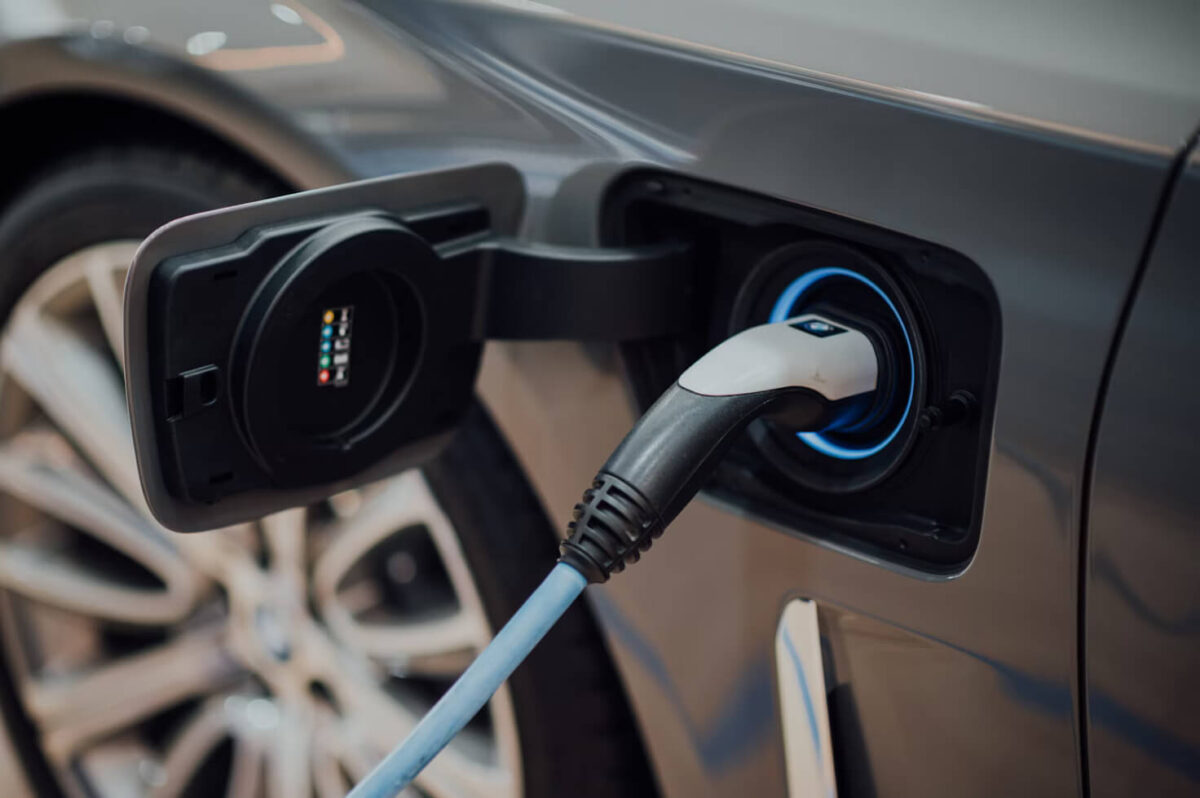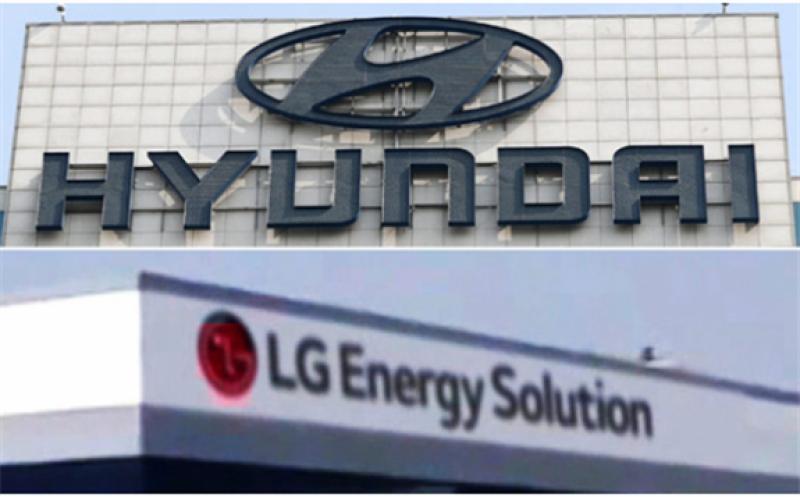 An electric vehicle charges via a DC fast charger (courtesy: Unsplash)
An electric vehicle charges via a DC fast charger (courtesy: Unsplash)EnergyHub, a provider of edge distributed energy resources management systems (DERMS), was awarded a California Energy Commission (CEC) grant to advance the enrollment of multiple types of distributed energy resources (DERs), including thermostats, electric vehicles (EVs), and batteries, in virtual power plants (VPPs).
Because EVs, thermostats, and batteries have different demand characteristics, EnergyHub says enrolling two or more kinds of DERs in a VPP enables improved load-shaping capabilities. Additionally, the grant expands the opportunity for California residents to enroll connected devices in VPPs, even if their utility does not offer such programs.
The $1.5 million program, which began June 6th, will enroll up to 7,000 new thermostats, EVs, EV chargers, and batteries with a focus on low- and moderate-income customers. Device owners can either participate via their electric utility, if a program is offered, or enroll directly with EnergyHub if a utility program is unavailable. EnergyHub’s DERMS will be used to aggregate enrolled devices into VPPs, which can then be bid into the CAISO market through EnergyHub’s partnership with Leap.
“This grant makes it possible for more Californians to realize the full benefits of DERs, expanding access to participation in VPPs,” said Angela Kent, Manager, Regulatory Affairs, at EnergyHub. “By enabling multi-DER control and optimization, EnergyHub will help accelerate California’s achievement of its climate goals while improving grid reliability and sharing the financial benefits with electricity consumers.”
California’s market potential for virtual power plants (VPPs) could hit 7.5 GW by 2035, exceeding 15% of peak demand and 5 times the existing capability, according to a recent report from the Brattle Group prepared for GridLab.
The report, California’s Virtual Power Potential: How Five Consumer Technologies Could Improve the State’s Energy Affordability, argues that VPPs could create consumer savings of $550 million per year in California by 2035, and new policies could help facilitate growth in areas limited by a “variety of technical, regulatory, economic, and market barriers.” The estimates are based on achievable participation rates and technologies that are commercially available today, Brattle said.
The report notes that California consumers are already adopting clean and flexible technologies, such as smart thermostats, electric vehicles, and batteries, at a “rapid” rate. VPPs could take advantage of this adoption to create a resource that can “reduce, shift, or generate” electricity when needed, the report says.
Additional VPP technologies could increase the potential estimate, Brattle said, such as vehicle-to-grid capability advancing to the point of commercial development resulting in an increase in EVs, or standalone energy efficiency programs targeting savings during peak hours. Thermal energy storage, behavioral demand response, and managed EV fleet charging are other sources of “virtual” capacity, the report says.
California has established a goal of achieving 100% zero-carbon energy by 2045, and the CEC plays a role in California’s development and adoption of renewable energy. The Energy Commission provides funding and programs to support renewable energy development and tracks the state’s progress toward its renewable goals.
EnergyHub is an independent subsidiary of Alarm.com, a platform for intelligently connected property.




